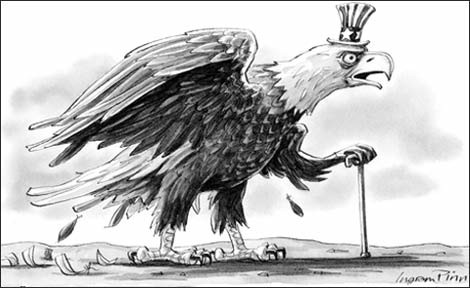When the history of this American era is written, the top headline will not be about election controversies or critical race theory or even COVID-19. This will be known most of all as the era when America sold out its future generations. This week, America's national debt surpassed $30 trillion for the first time, a full $7 trillion increase from just two years ago.
How did this happen, and who's to blame? President Bill Clinton was no deficit hawk, but with a Republican Congress keeping him largely in line and with the dot-com boom providing record government revenues, Clinton gets a pass. His eight years added to the deficit, but not by much by today's standards. As measured against the size of the U.S. economy, the debt ratio actually went down under Clinton.
The real debt explosion happened on the watch of the four presidents in the 22 years since Clinton, two Republicans and two Democrats. There were plenty of emergencies during these 22 years to justify huge and often wasteful spending binges (the war in the Middle East, Hurricane Katrina, the financial crisis, COVID-19). Regardless, the result of this 22-year period was an increase in the national debt from just under $6 trillion (55% the size of the U.S. economy at the time) at the start of the Bush years to $30 trillion (130% the size of the U.S. economy) today. And this deficit spending binge shows no signs of receding. In 2021 alone, the US added nearly $3 trillion to its national debt — about 12.5% of the entire American economy.

